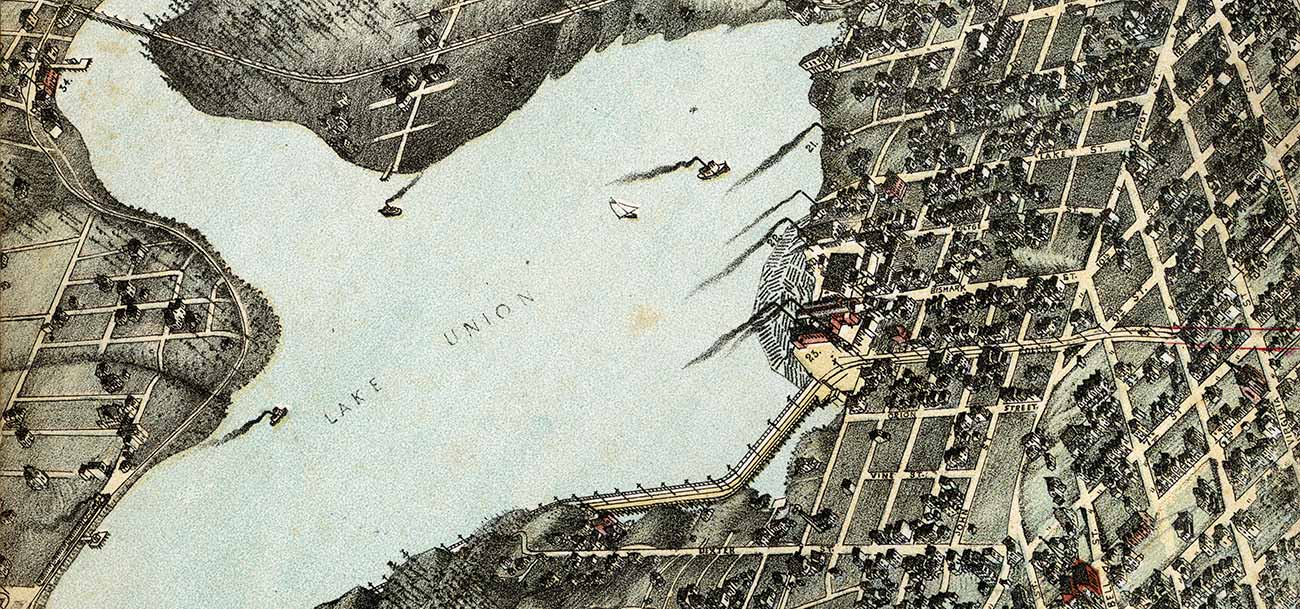This past weekend, we were thrilled to join the Seattle Architecture Foundation’s walking tour of South Lake Union where we were treated to an in-depth history lesson of the rapidly changing neighborhood. As Seattleites ourselves, we’ve watched with wonder how the area has changed over the last few decades, still, there was a lot of fascinating history to learn.
From South Lake Union’s humble beginnings as the sawmill of David Denny, brother to Seattle founding father Arthur A. Denny, to Amazon and Microsoft’s stomping grounds, the area has always been considered a neighborhood of industry that wanted to create mixed-use spaces for not only their employees but for the communities where they reside. If you’ve moved to Seattle within the past few years, traveling through South Lake Union by way of the Terry Avenue construction has become the norm, but for native Seattleites, the neighborhood is almost unrecognizable.
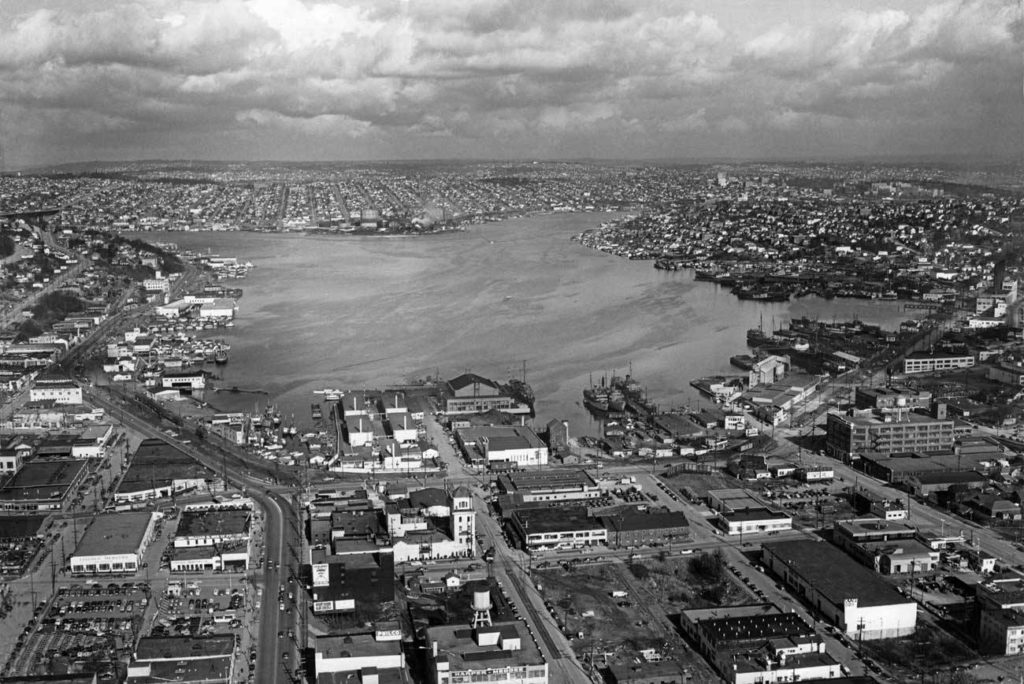
When South Lake Union was first inhabited by settlers, the area was used primarily for Denny’s mill workers. As the years passed and Seattle grew, the area became a destination for innovation and industry, like Henry Ford‘s assembly plant and showroom for Model T’s. From the 1940s through the 1990s, South Lake Union was riddled with various one- to two-story buildings that housed laundromats, auto dealerships, mechanics and parking lots with residential housing sprinkled here and there.
It wasn’t until the mid-nineties when a well-known local billionaire with an idea to make some drastic changes did the area start to truly come to fruition. In September 1995, Paul Allen and developers proposed the idea of The Seattle Commons, which was designed to be a 60-acre commercial and business park stretching from South Lake Union to Downtown Seattle and would have provided space for a variety of uses including condos, restaurants, high-tech laboratories, and other urban amenities. But, when the proposal was put up for a vote, it was shot down by an incredibly close margin (Berger, 2015).
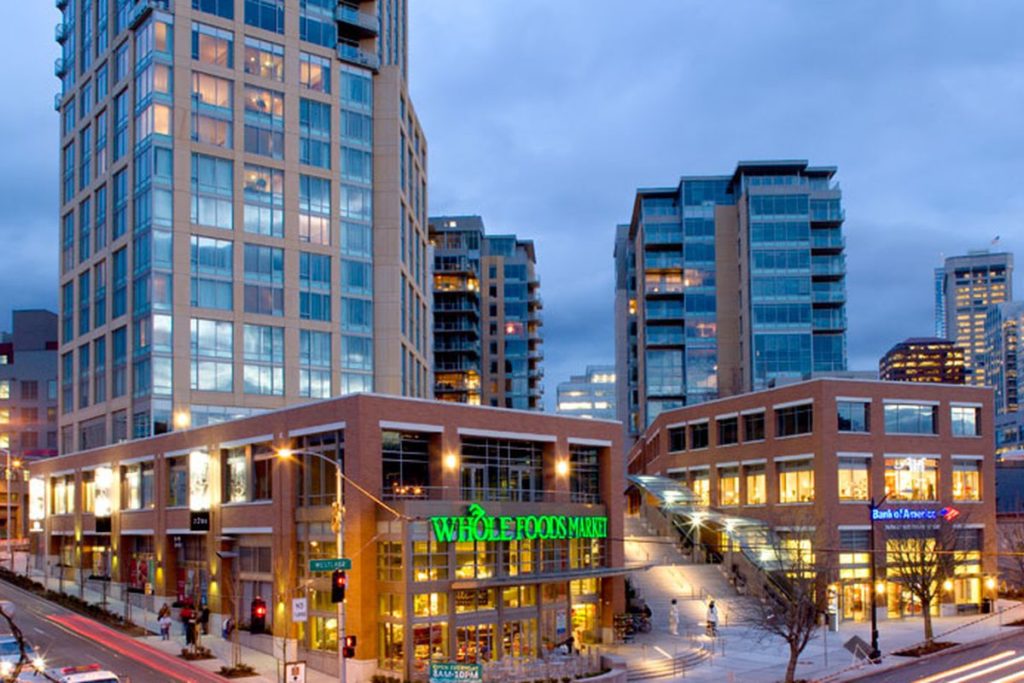
Microsoft co-founder, Paul Allen, had acquired and invested $30 million in land during the time of The Seattle Commons proposal hoping to loan it to the city for development, but when the proposal was voted down, Allen shifted gears and developed the land privately creating what we know today. The first building Paul Allen’s real-estate company, Vulcan Inc., designed and built was the 2200 Westlake Plaza, which is a mixed-use development offering a wide range of amenities to residents around the area. A partnership between Pan Pacific Hotels, Whole Foods and Bank of America formed to allow each organization a space of their own while leasing apartments and spaces to other retailers and/or small businesses (Vulcan Real Estate, 2004).
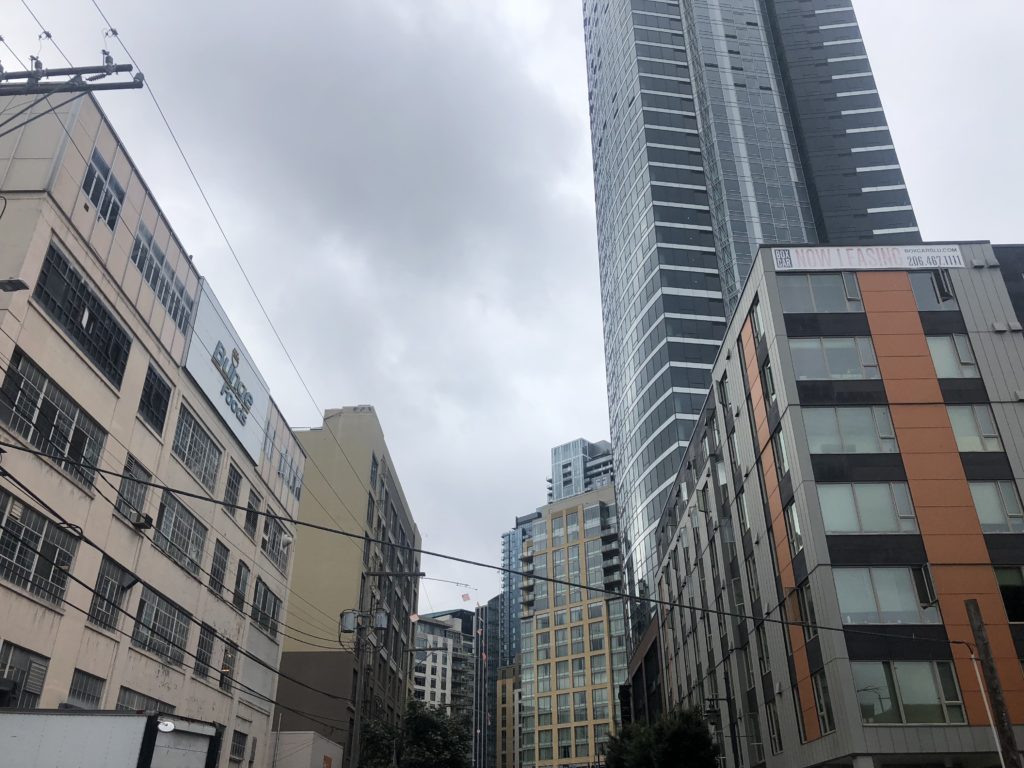
Going north from 2200 Westlake through Terry Avenue, you’ll find a mixture of old and new. Old warehouses facing newer developments give anyone paying attention snapshot of what South Lake Union used to be—inciting nostalgia for locals who remember the area. Then, within a block, high-rises cascade down a steady slope through the avenue towards Lake Union as a result of several changes to zoning laws throughout the years.

Most recently, Silicon Valley tech giants Facebook and Google have been expanding their presence within the neighborhood and have partnered with Vulcan, Inc. to develop more mixed-use space buildings that would provide a one-stop shop for their employees. Although it is exciting that the tech industry is finding its way to our region, what’s even more exciting to us are the building projects themselves.
For example, for Facebook’s two six-story structures on 8th Avenue North, known as Arbor Blocks, there will be a lot of collaboration with the city to ensure that the construction and the finished product are advantageous to the city resident’s concerns. Arbor Blocks is considered to be one of the first structures that will not only be eco-friendly by targeting LEED Gold certifications but will also have a Salmon-Safe accreditation—meaning that developers are promoting and utilizing safe environmental practices (Geekwire, 2016).
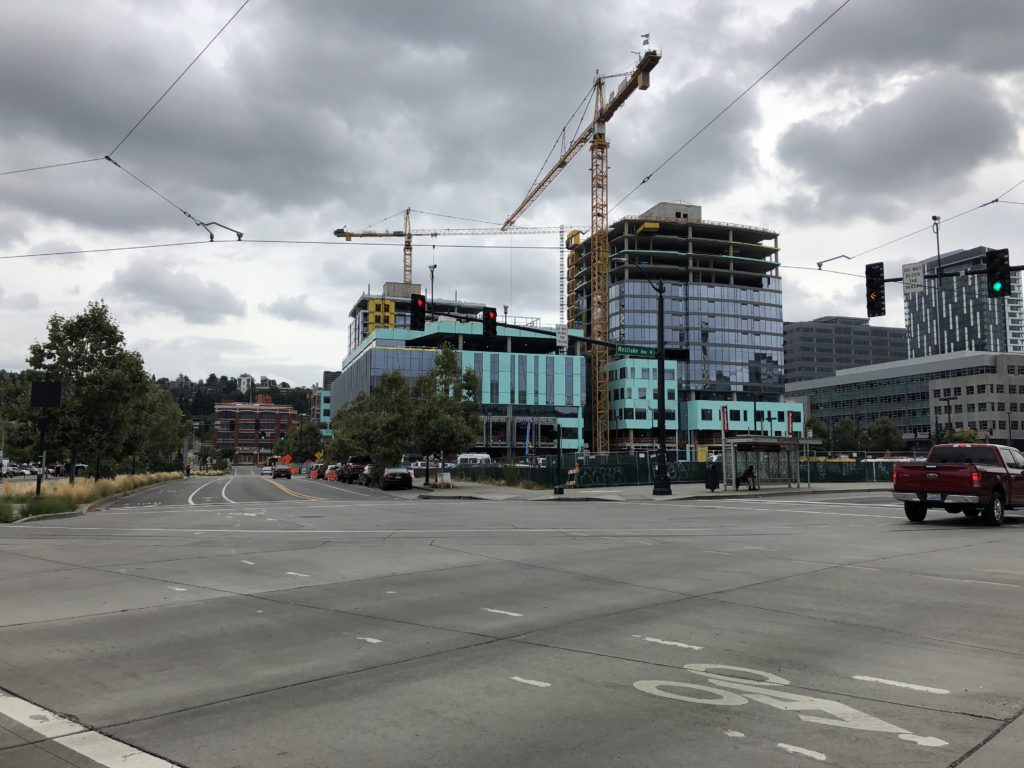
Google is also currently collaborating with Vulcan, Inc. developing two mixed-use structures on the Lake Union waterfront, promising to “target LEED Gold certification and Salmon-Safe accreditation [… focusing] on stormwater quality and management that protects and restores salmon habitats in the Pacific Northwest. Vulcan will also contribute approximately $4.3 million in incentive zoning fees for affordable housing and daycare” (Geekwire, 2016).
To learn more about the history and the changes that are happening around the city, go on an in-depth and inexpensive walking tour hosted by the Seattle Architecture Foundation. SAF hosts a series of events throughout the year featuring the history of Seattle’s iconic neighborhoods and icons. The History of the Space Needle event is coming up in October, but is, unfortunately, already sold out. Still, there are several other interesting events listed on their Facebook that we highly recommend, including one we hope to attend, Ballard’s Maritime Metamorphosis Tour. See you there!
